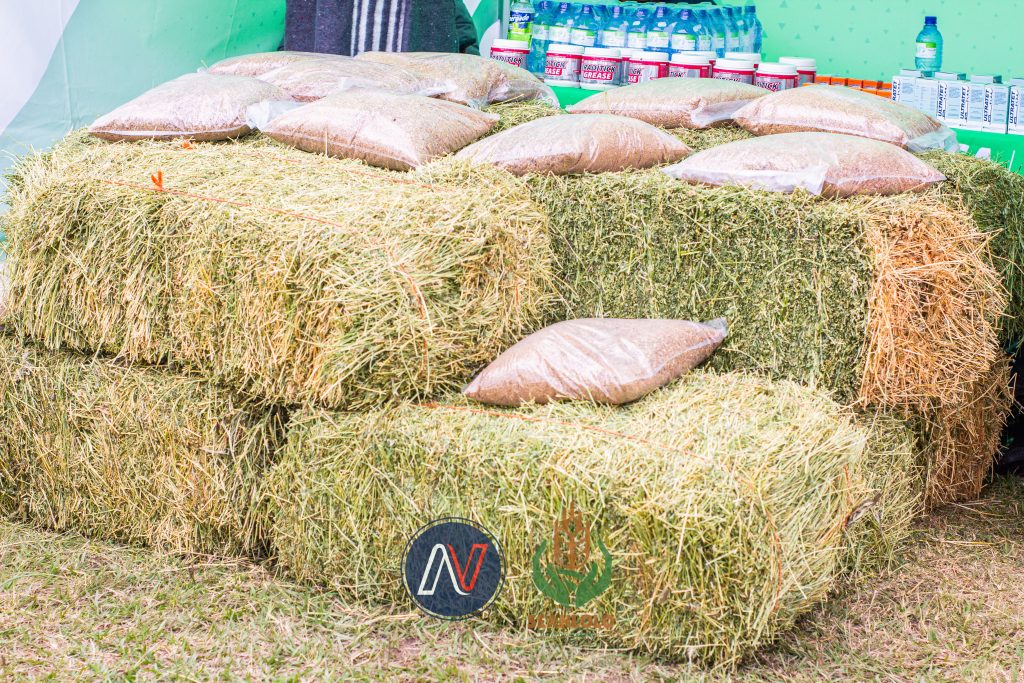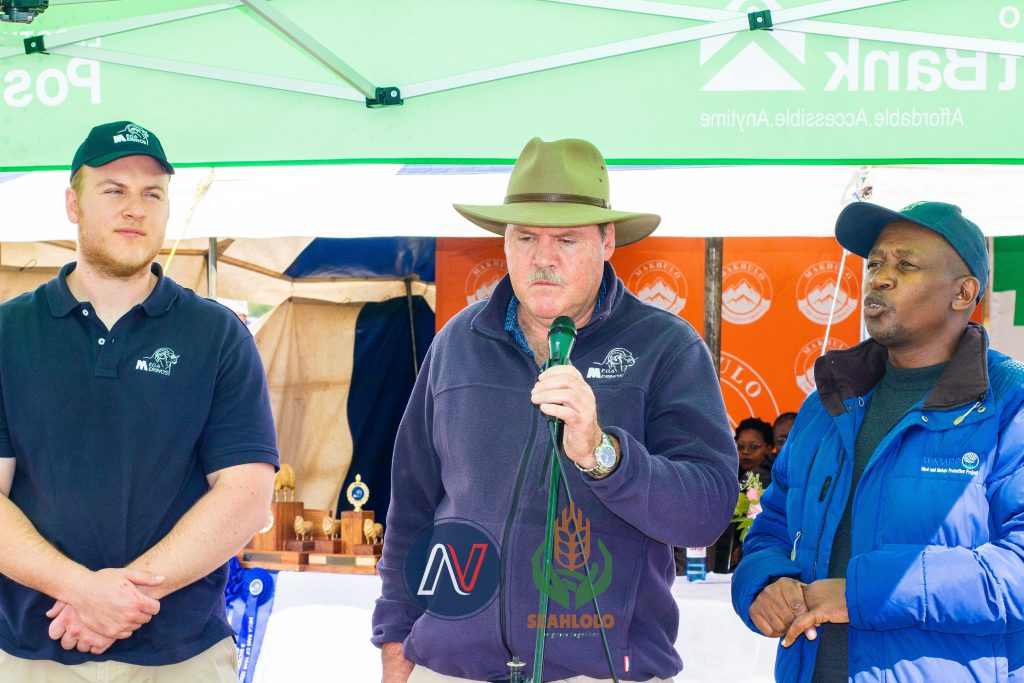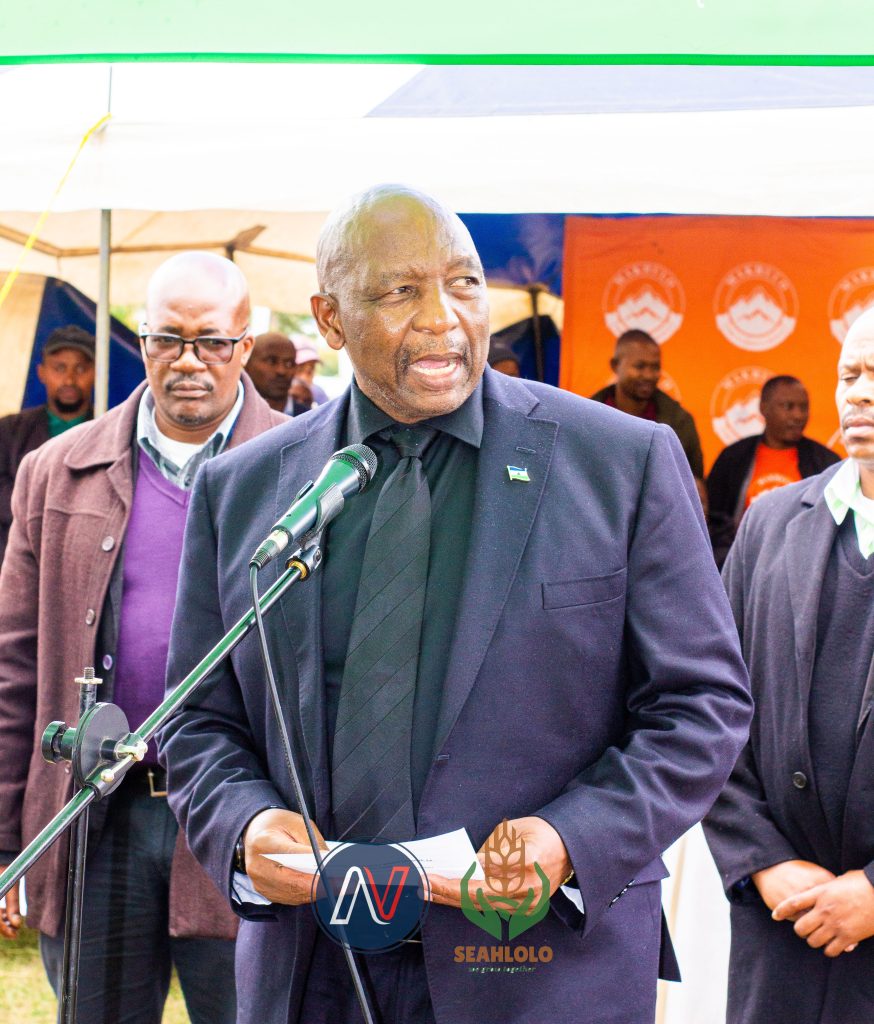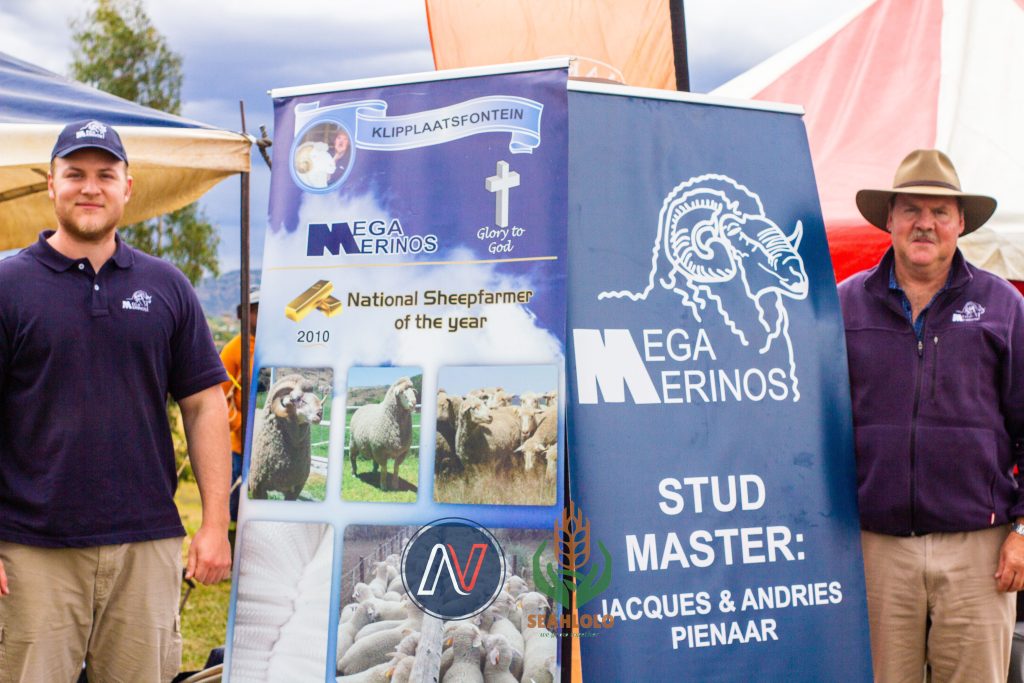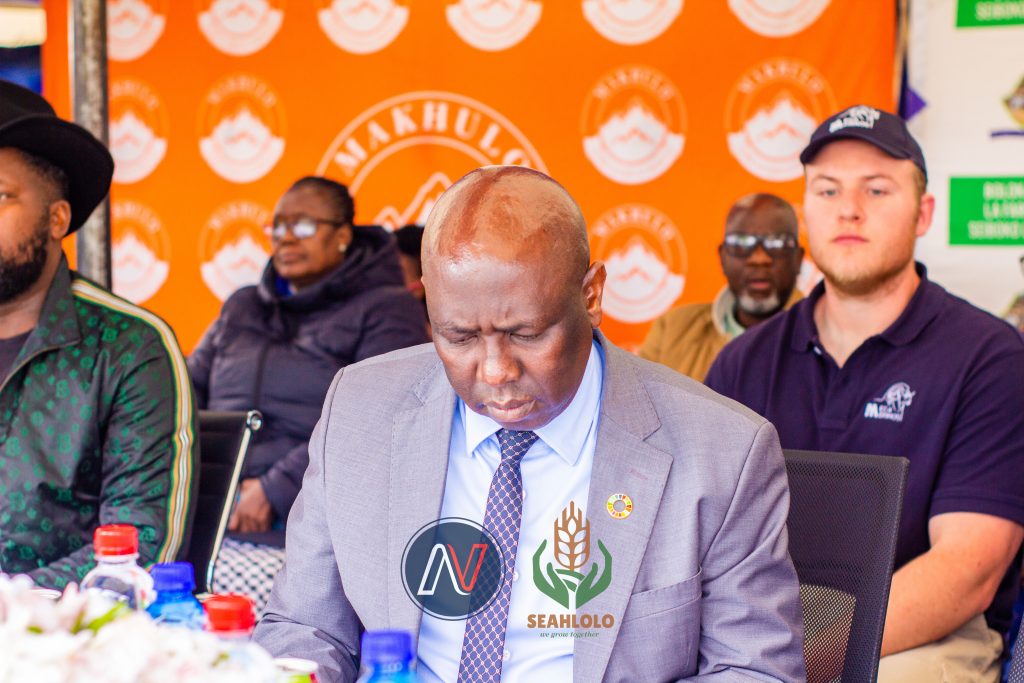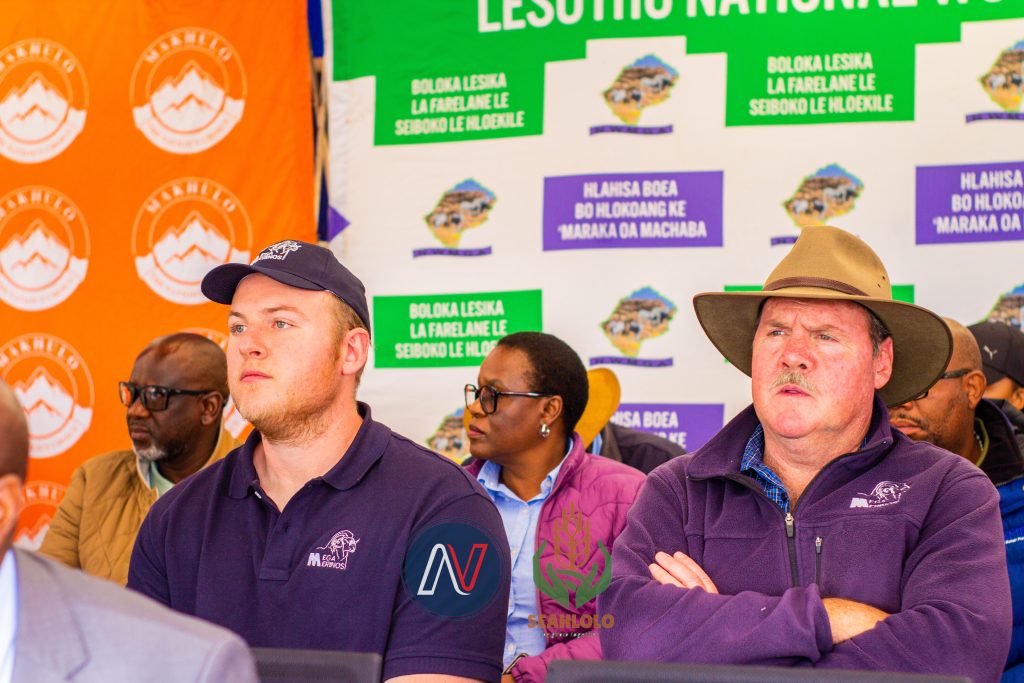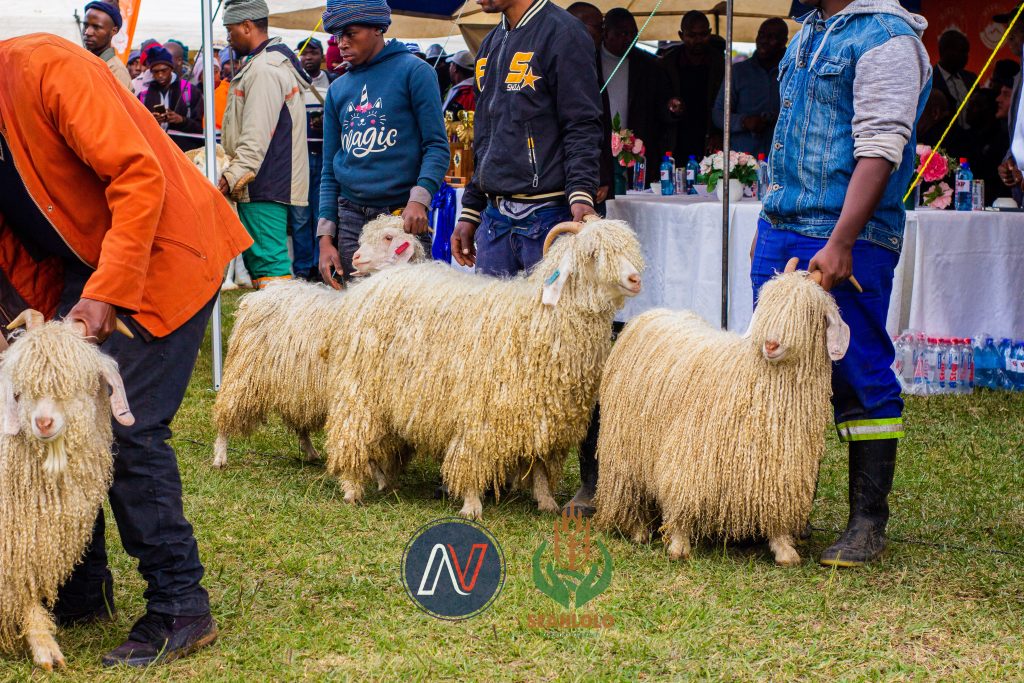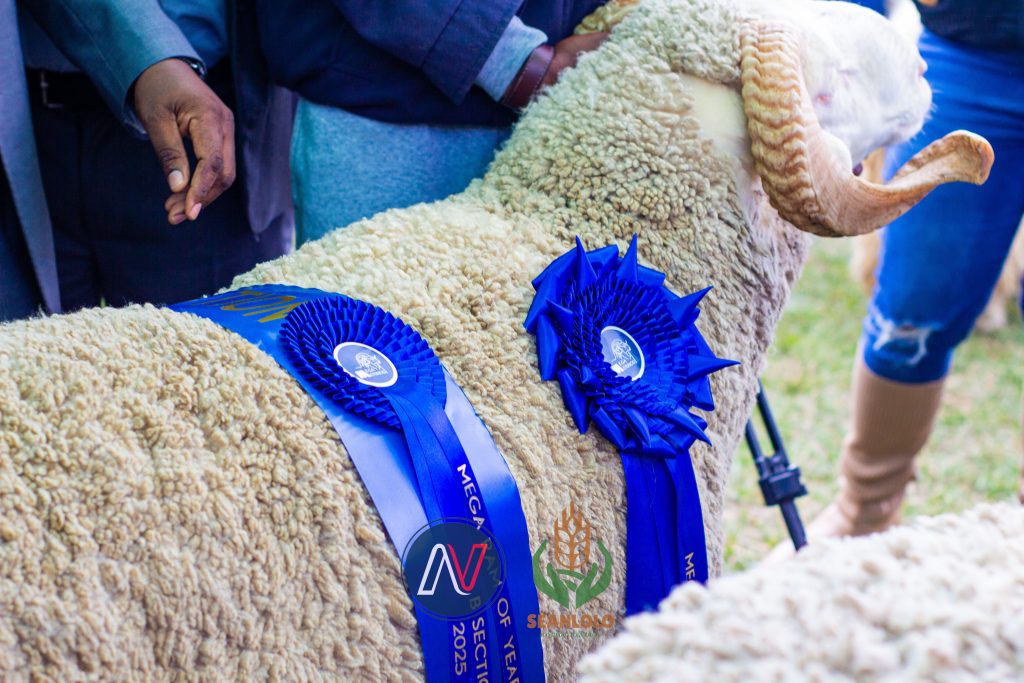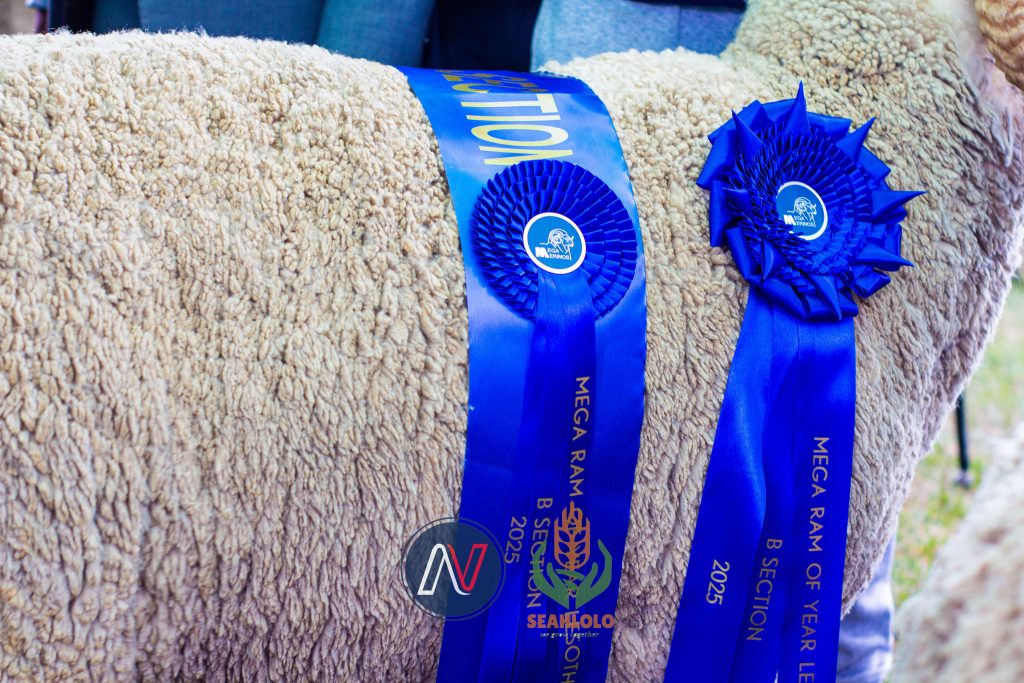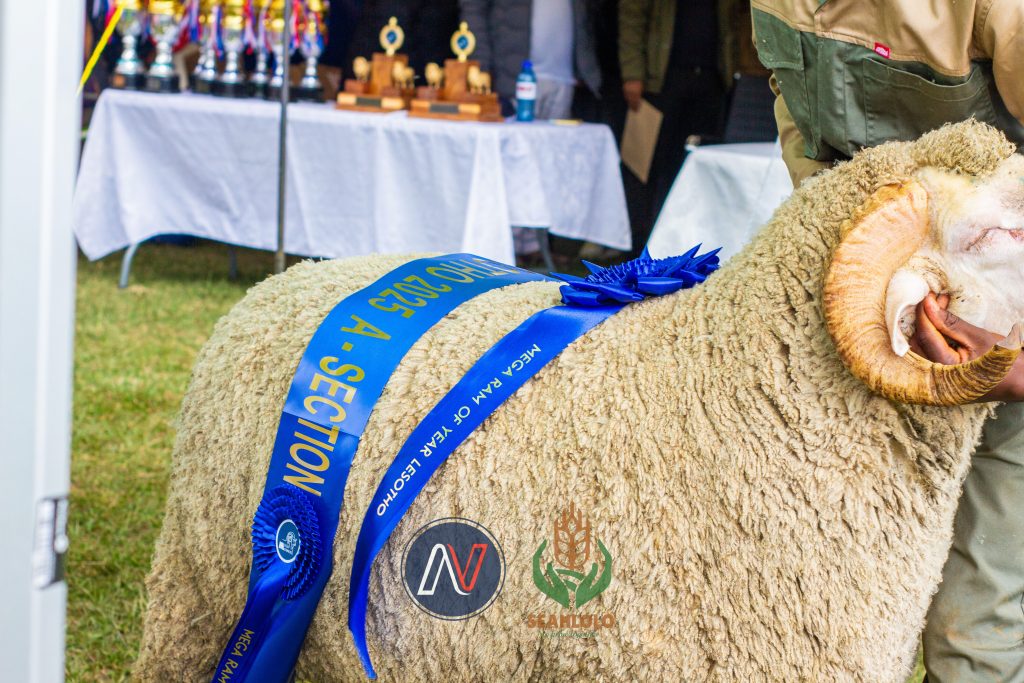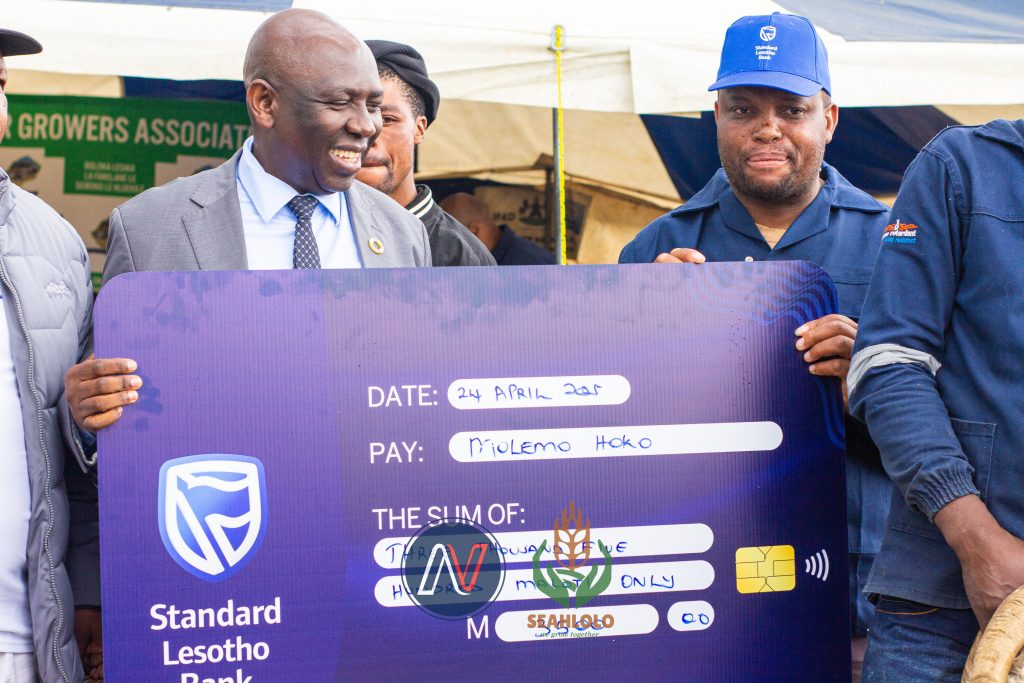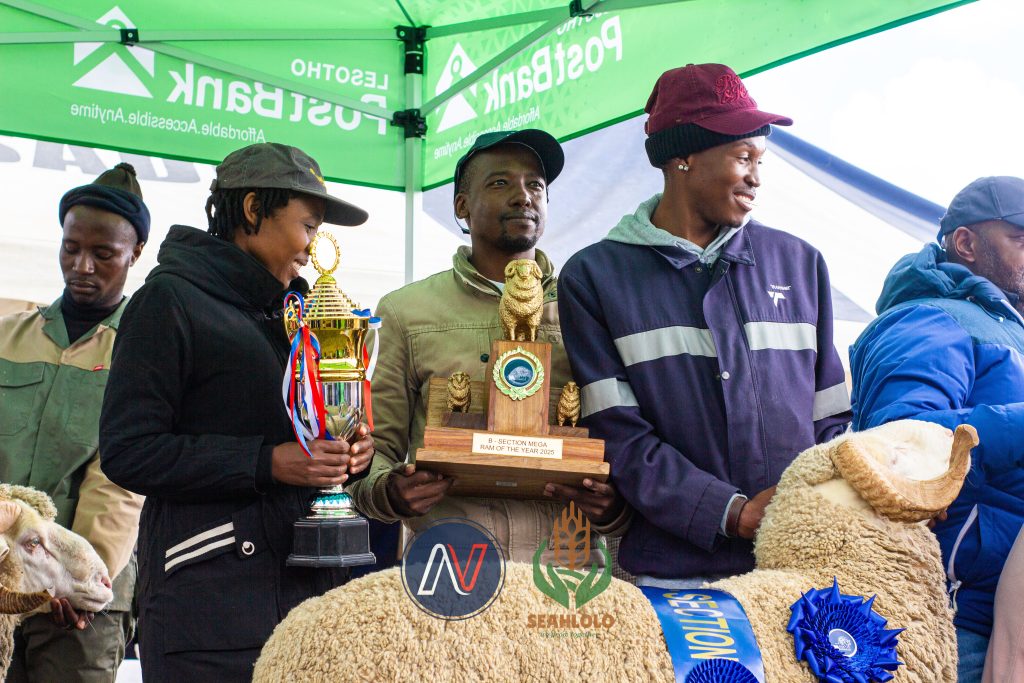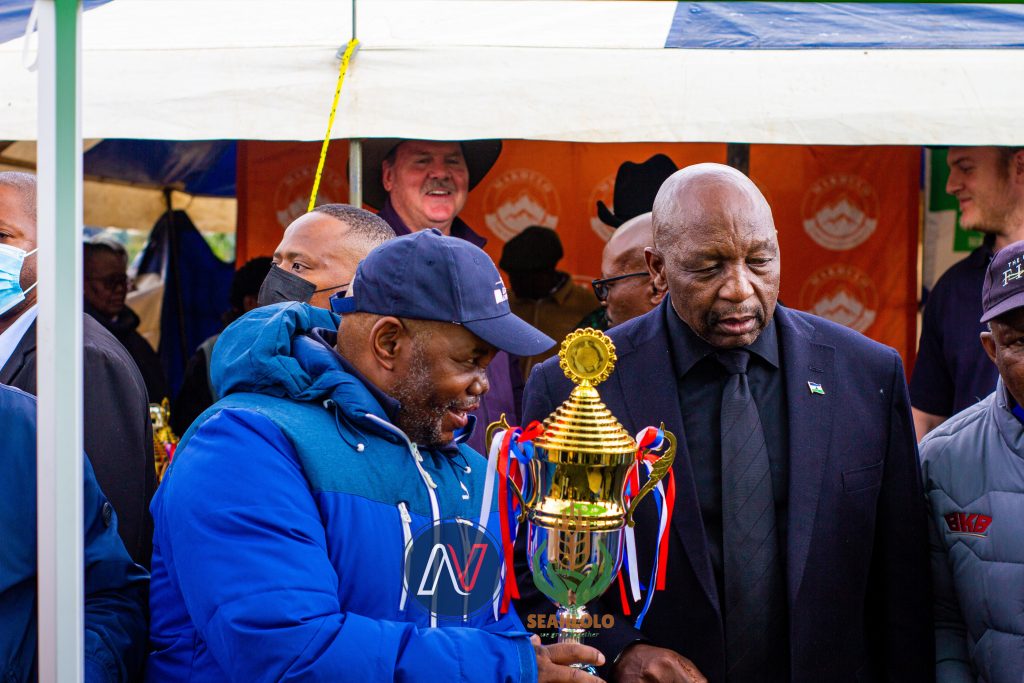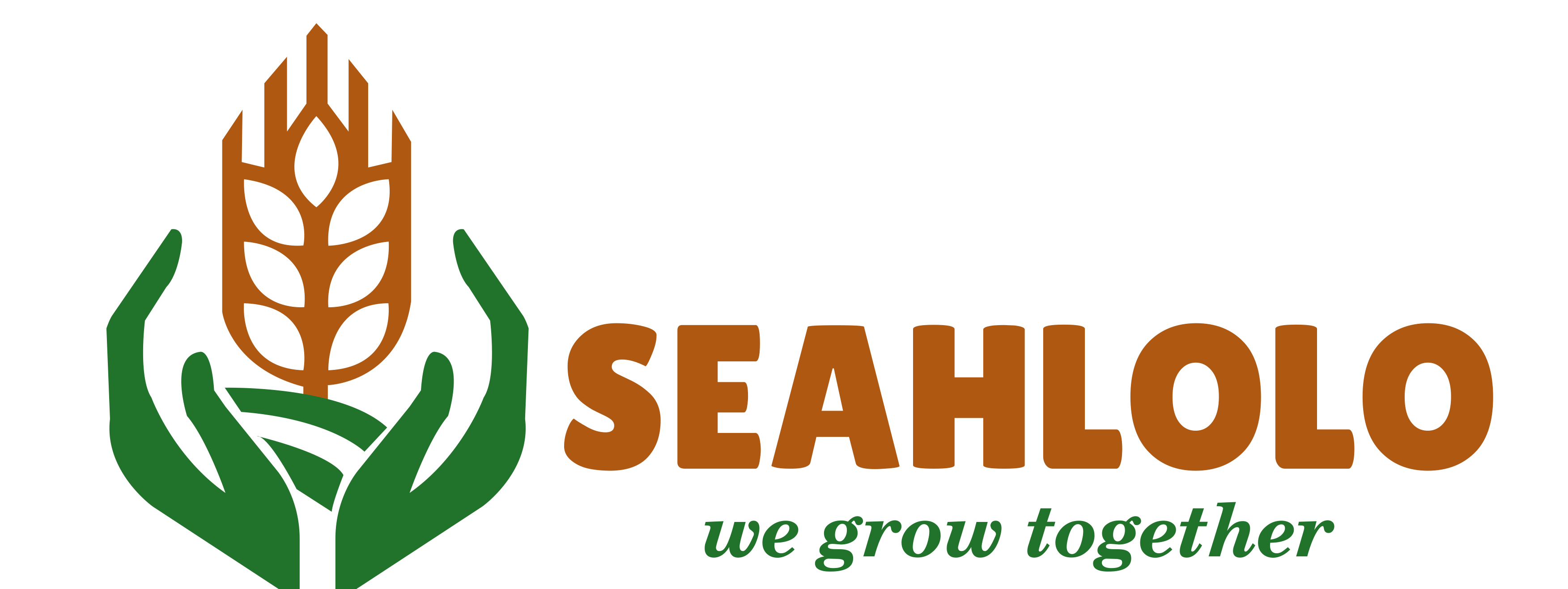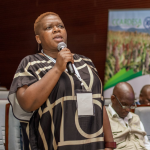By Molula Mofosi & Lungile Maseela
The Lesotho Wool and Mohair Growers Association (LWMGA) recently hosted its national finale show at the Lesotho Agricultural College grounds, drawing in droves of farmers, livestock enthusiasts, buyers, and corporate stakeholders.
Held in Maseru, the event was more than just a showcase of livestock—it was a reflection of the evolution of the wool and mohair industry in Lesotho and a platform that spotlighted both traditional knowledge and modern standards in animal care and product quality.
The atmosphere was electric. Traditional music, cheers, and ululations echoed across the grounds as farmers from the highlands and lowlands displayed their finest merino sheep and angora goats.
The once-empty soccer field had transformed into a vibrant, colourful tapestry of livestock pens, branded tents, and proud farmers draped in their Basotho blankets. Visitors wandered from stall to stall, admiring the animals, engaging with producers, and learning more about the processes behind the prized fibres of wool and mohair.
This grand finale was not merely a competition—it was a moment of pride and progress. It served as a culmination of hard work, innovation, and increasing awareness about animal health and ethical treatment. At its core, the event demonstrated the strengthening bridge between traditional livestock practices and global market expectations.
Mokoenehi Thinyane, Chairman of the LWMGA, described the significance of the event saying, “This show isn’t just for applause. It’s about pushing farmers to do better, to manage their animals ethically, and to ensure our wool and mohair meet global standards.
“It is also a chance for farmers to learn from one another, to network with buyers and insurers, and to see how far we have come—and where we still need to go.”
Indeed, the wool and mohair sector in Lesotho is undergoing a transformation. Long known for its highland goats and sheep, the country is now recognised as the second-largest mohair producer in the world, contributing 14% of global production.
The industry also accounts for nearly 69% of Lesotho’s agricultural exports, positioning it as a key driver of rural economic development.
But as the stakes grow, so too do the expectations. One of the key themes of the day was the emphasis on animal welfare and responsible production. In a sector where international buyers are increasingly scrutinising ethical sourcing, Basotho farmers are learning that animal care is directly linked to market access.
Christopher Thinyane of Lihoai Consultancy underscored this connection.
“You can’t talk about premium fleece without talking about animal welfare. A well-fed, well-handled animal produces stronger, cleaner, more consistent wool. Mishandling, stress, and neglect don’t just hurt the animal—they hurt your bottom line,” he said.
He explained that poor practices like grabbing animals by their fleece or improperly docking tails can significantly affect fibre quality and leave farmers vulnerable to market rejection.
“The global market’s demand for ethical sourcing is real. Standards like the Responsible Mohair Standard (RMS) require full compliance from all members of a cooperative. If even one farmer falls short, everyone loses access to premium buyers,” he added.
This need for accountability was a message echoed throughout the event.
Kleintjie Pienaar, a fleece evaluator and long-time supporter of Basotho farmers, shared insights from the judging process.
“The quality is promising. On average, we scored Lesotho fleece an 8 out of 10 in raw quality. But conformation—the structure, consistency, and resilience of the fleece—was only a 6. That’s where we need improvement.”
Farmers like Vuyo Tjeketsi from Quthing are rising to the challenge.
Tjeketsi, who placed third in one of the categories, was candid about the hurdles he faced.
“I invest in genetics, yes. But the recent rains left some of my animals dirty and underweight. The judges noticed that, and it cost me points. This tells me that even small environmental factors can affect our chances of winning or even improving,” he noted.
To support the industry’s shift toward higher standards, various stakeholders contributed to the success of the finale. Lesotho Post Bank provided food, veterinary supplies, and blankets to support farmers during the event.

“Our mandate is to support Basotho-owned businesses,” said Lebona Leokaoke, the bank’s agricultural officer, adding, “We see wool and mohair not just as tradition, but as a growing business opportunity.”
Similarly, private sector players like ClientCare Insurance Brokers and I Sure Care were present to educate farmers on risk management.
“This is our first collaboration with LWMGA,” said Boitumelo Tjekesane of ClientCare.
“We sponsored water for the event and are exploring more ways to get involved. Farmers need to understand that like any enterprise, theirs must be protected against risk—be it theft, drought, or disease.”
I Sure Care went a step further, sponsoring awards for top-performing farmers.
“We know these animals are valuable assets and without insurance, one outbreak or accident can destroy years of hard work. We are here to promote resilience in the sector,” Moliehi Thene, the company’s admin officer explained.
Veterinarian Pieter Kemp also stressed the importance of preventative animal care citing it is not enough to treat animals after they fall sick.
“By the time you see signs of illness, fleece quality has already dropped. Early diagnosis, proper feeding, stress reduction—these are the invisible tools that create market-ready fleece,” Pieter warned.
Throughout the day, cultural celebrations reminded everyone of the heritage embedded in the sector. Traditional Ndlamo dances, songs of praise, and ceremonial ululations filled the air. Winners were awarded trophies and prizes, not only for having the best animals but also for demonstrating knowledge, compassion, and dedication to their craft.
As the sun set over the college grounds, the mood was reflective but hopeful. Farmers returned to their districts with new insights, connections, and a renewed commitment to excellence. The LWMGA promised continued training, improved market access, and tighter adherence to ethical standards.
“The road ahead is challenging, but it is also full of promise. If we work together, take care of our animals, and embrace knowledge, this sector can change lives.” said Mokoenehi Thinyane in his closing remarks
The wool and mohair finale did more than crown champions—it spotlighted a future rooted in care, collaboration, and ambition. Lesotho’s fleece industry is no longer just about tradition; it is a rising force on the global stage, led by farmers who understand that success starts with kindness, discipline, and vision.

